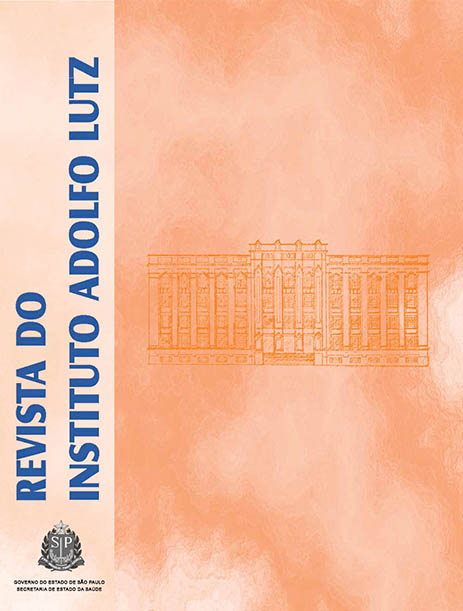Toxigenic fungi in cultivated marine shrimp and the toxigenic potential of Aspergillus sections Flavi and Nigri strains
Keywords:
Litopenaeus vannamei, toxigenic fungi, Aspergillus, shrimp culture, mycotoxins
Abstract
The aim of this study was to isolate and to identify the toxigenic mycobiota in marine shrimp raised in Piauí coast. Four farms were randomly selected (“A”, “B”, “C” and “D”), from whence eighty-four shrimp samples of three farming stages “I”, “II” and “III” were collected. The fungi count was done on dichloran rose bengal chloramphenicol agar. The isolated Aspergillus and Penicillium spp colonies were transferred into tubes containing malt extract agar. The fungi counts in shrimps samples ranged from 1.85 to 2.73 CFU/g log10, and they did not differ between them at all of the cultivation stages. Sixty-four fungi strains were isolated; and Aspergillus (34.4%) and Penicillium (25.0%) genus were mostly prevalent. Eighteen strains of Aspergillus genus were identified. Two A. ochraceus strains and five strains of A. niger aggregate were ochratoxin A producers. One A. flavus strain produced aflatoxin B1, B2, G1 and G2 in concentrations of 14.8 ng/g, 4.3 ng/g, 2.6 ng/g and 1.1 ng/g, respectively, and it was classified as atypical A. flavus. When freshly captured, the shrimps raised in Piauí coast showed low fungal counts at all of the cultivation stages.
Published
2012-12-01
How to Cite
Calvet, R. M., Pereira, M. M. G., Costa, A. P. R., Fialho, R. C. de J., & Muratori, M. C. S. (2012). Toxigenic fungi in cultivated marine shrimp and the toxigenic potential of Aspergillus sections Flavi and Nigri strains. Revista Do Instituto Adolfo Lutz, 71(4), 638-644. Retrieved from https://periodicoshomolog.saude.sp.gov.br/index.php/RIAL/article/view/32477
Issue
Section
ORIGINAL ARTICLE










